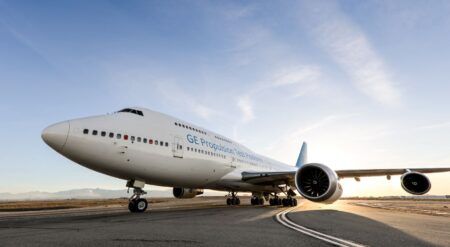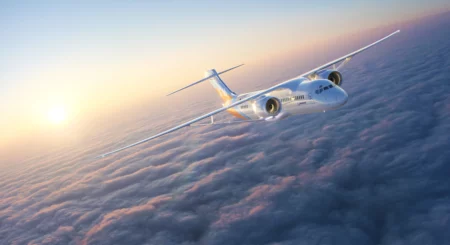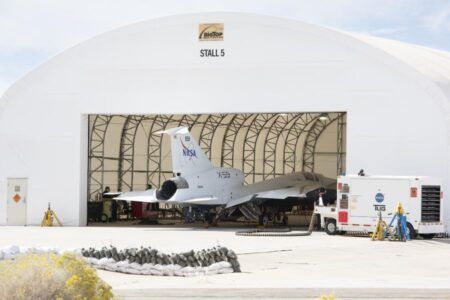A DARPA-backed small business effort broke boundaries for long-endurance flight last month by launching a uniquely designed, combustion-powered unmanned aircraft that stayed aloft for more than two days and two nights.
The flight was terminated several days ahead of schedule because of incoming weather. But the craft—built by Vanilla Aircraft of Falls Church, Virginia, USA —landed safely with more than half its fuel still on board, suggesting it is capable of setting additional records for powered flight in its weight and power class and could ultimately offer important new capabilities to ground forces and others.
Small unmanned aerial vehicles (UAVs) are an increasingly important means for military forces—especially small dismounted units—to bring extra communications or intelligence, surveillance, and reconnaissance (ISR) capabilities to the field. Current designs, however, offer relatively limited range and flight endurance; additionally, their need for frequent refueling, specialized launch and recovery equipment, and regular maintenance often limit them to flying from fixed bases close to the front lines. Vanilla’s propeller-driven VA001 is designed to carry a 30 lb payload at 15,000ft for up to 10 days without refueling.
The VA001 started its historic flight on the morning of November 30, 2016, at New Mexico State University’s Unmanned Air Systems Flight Test Center near Las Cruces International Airport, New Mexico, USA. For nearly 56 hours, the plane flew at an altitude between 6,500ft and 7,500ft above sea level, averaging 57kts before landing on the afternoon of December 2.
A representative from the National Aeronautic Association—the organization that verifies and tracks flight-related world records—certified the flight as achieving the world duration record for combustion-powered UAVs in the 50 to 500kg subclass (FAI Class U-1.c Group 1). Moreover, the flight was the fourth-longest for any unmanned airplane and the 11th-longest for an airplane of any type (manned or unmanned, solar or fuel-powered).
“This record-breaking flight demonstrated the feasibility of designing a low-cost UAV able to take off from one side of a continent, fly to the other, perform its duties for a week, and come back—all on the same tank of fuel,” said Jean-Charles Ledé, DARPA program manager.
“This capability would help extend the footprint of small units by providing scalable, persistent UAV-based communications and ISR coverage without forward basing, thereby reducing personnel and operating costs. We’re very pleased with what the Vanilla team has accomplished.”
January 11, 2017




